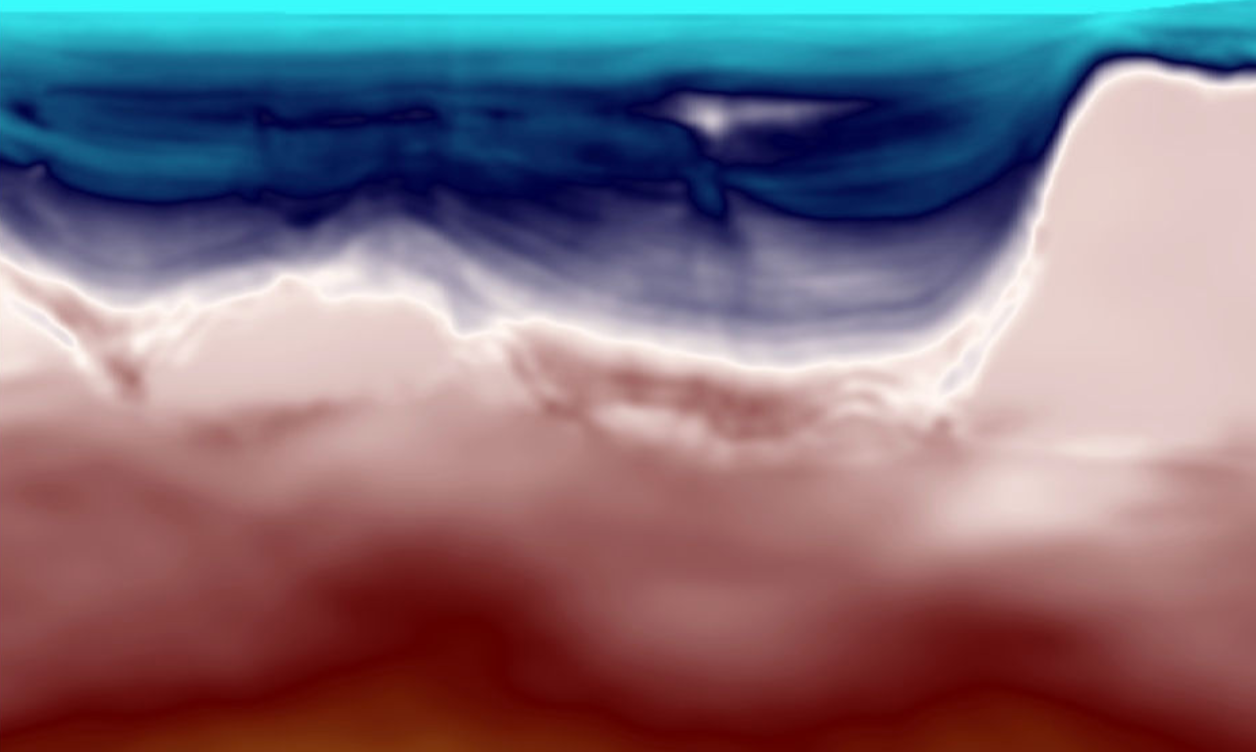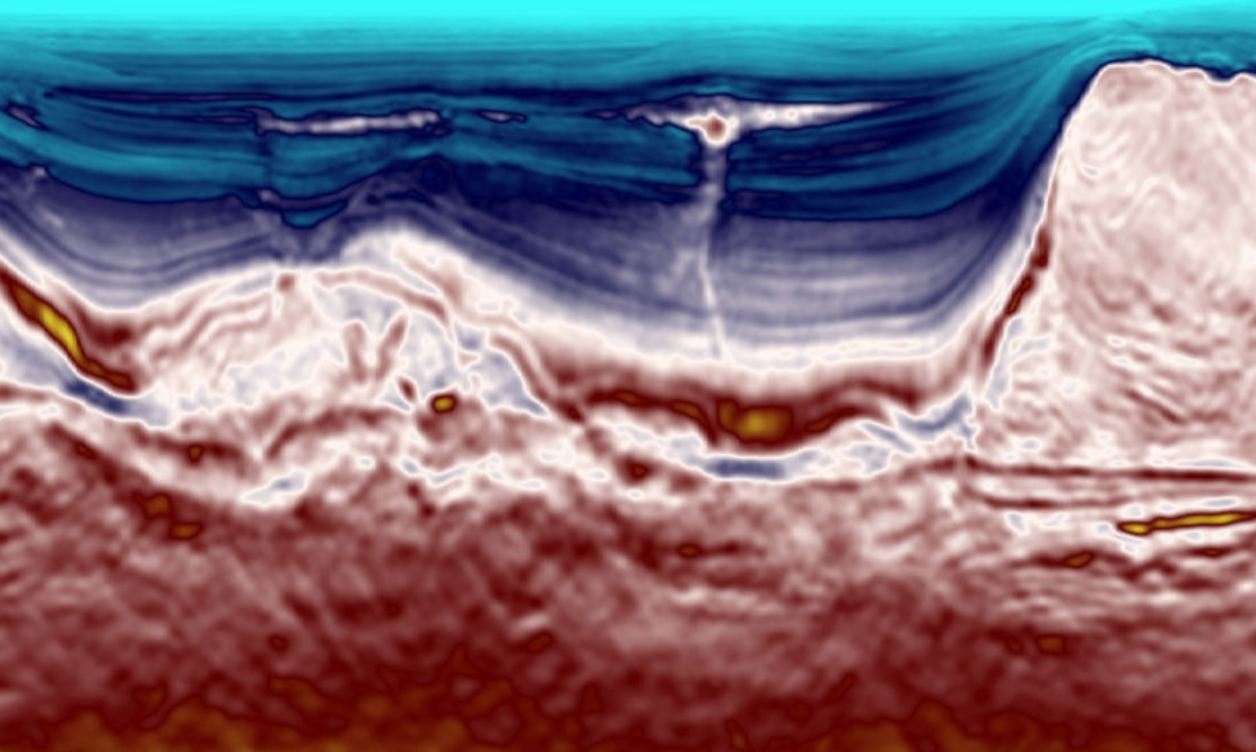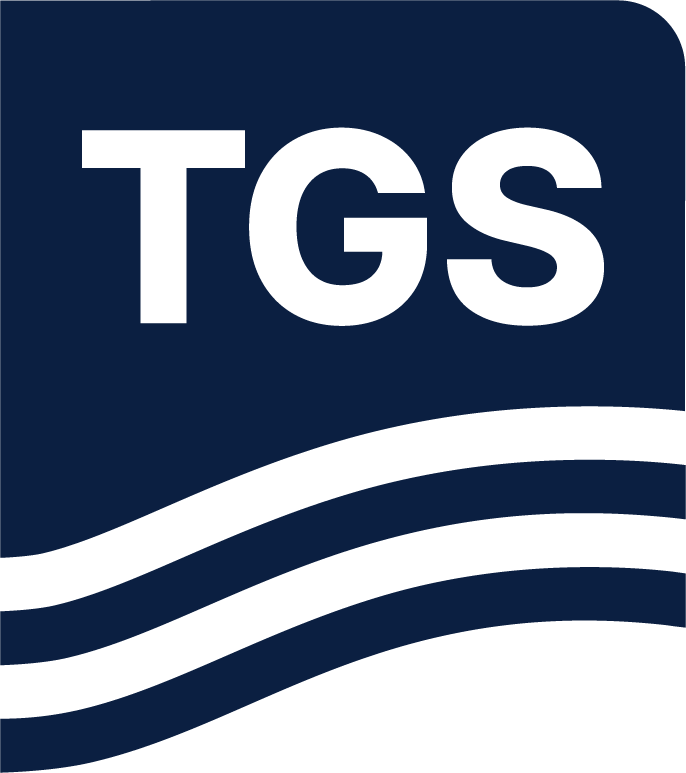Elastic FWI (E-DMFWI)
TGS Dynamic Matching Full Waveform Inversion (DM FWI) workflow is a versatile solution with a proven record on various survey geometries and geological settings. The increased physics in E-DMFWI represents the next step in subsurface imaging: it significantly improves the focusing of velocity interfaces with strong contrast, resulting in improved imaging underneath complex structures.

.png)
E-DMFWI: Superior Results in Legacy and Modern Acquisition
Due to the elastic nature of the earth, Elastic Dynamic Matching FWI (E-DMFWI) has intrinsic advantages over the acoustic version, especially in geologically complex areas. The elastic wave equations can simulate both compressional (P waves) and shear waves (S waves), capturing more detailed information about the subsurface. TGS E-DMFWI algorithm achieves superior results in diverse complex geological settings and survey geometries, improving reservoir characterization and reducing exploration uncertainties.
.png?width=1920&height=1080&name=TGS_website_eFWI_1920x572%20(2).png)


Improved Physics for a Trusted and Versatile Solution
Dynamic Matching FWI (DM FWI) has become the key algorithm in modern workflows to derive high-resolution velocity models. Benefiting from superior wavefield propagation physics in geologically complex areas, Elastic Dynamic Matching FWI (E-DMFWI) can produce accurate velocity models with greatly improved resolution compared to acoustic algorithms.
- The elastic implementation of the TGS DM FWI workflow combines the proven algorithm's versatility with superior physics.
- It enhances subsurface imaging underneath complex structures by capturing full elastic wavefield physics, including mode conversions.
- Preferred choice for superior resolution and accuracy in complex geological settings, like salt bodies and fault-dominated zones.
- Increases sensitivity to near-surface variations, aiding in shallow hazard detection and minimizing the need for residual statics corrections.
- Delivers more reliable AVO response by accurately modeling elastic effects and wave mode interactions.
E-DMFWI for Improved Reservoir Predictability
Elastic Dynamic Matching Full Waveform Inversion (E-DMFWI) Derived Reflectivity (FDR) addresses illumination challenges beneath salt canopies while improving reflector continuity and the clarity of salt-sediment interfaces. These advances are critical for identifying and de-risking salt-related traps and improving the predictability of reservoir presence, quality and continuity.




E-DMFWI for MAZ Surveys
The application of E-DMFWI to multi-azimuth (MAZ) streamer data achieves superior imaging of mud volcanoes, small gas pockets and channels in the post-Messinian, as well as improved resolution of complex Messinian and pre-Messinian layers. As illustrated by this Nile Delta case study, incorporating elastic effects for both P- and S-waves reduces boundary smearing and enhances the accuracy of velocity models.
E-DMFWI for NAZ Surveys
Applying E-DMFWI to legacy narrow-azimuth (NAZ) streamer data delivers tangible benefits, even without the full-azimuth sampling achieved with long-offset OBN acquisition. By incorporating elastic effects overlooked by acoustic workflows, E-DMFWI improves model fidelity in complex geological environments, particularly near salt and carbonate interfaces, as illustrated in this offshore Brazil case study.




E-DMFWI for DAS VSP
By employing the elastic wave equation for wavefield propagation, Dynamic Matching FWI produces an accurate velocity model that better represents the earth’s geology. Taking advantage of the contribution from converted P-wave energy, E-DMFWI improves illumination for DAS VSP data alleviating the limited fold coverage due to the specific acquisition geometries.
Speak to a Specialist
Interested in a live data review or demo? Let us know your needs and we’ll connect you to the right person or team.
Book a Data Viewing
Want to see the latest seismic data solutions and imaging technologies in your region of interest or for the next license round? Book a data viewing with one of our experts.
Discuss Your Seismic Data Needs
Every need is different and we'd like the opportunity to discuss yours further. Speak to one of our data or geoscience experts to customize seismic solutions specific to your requirements.

